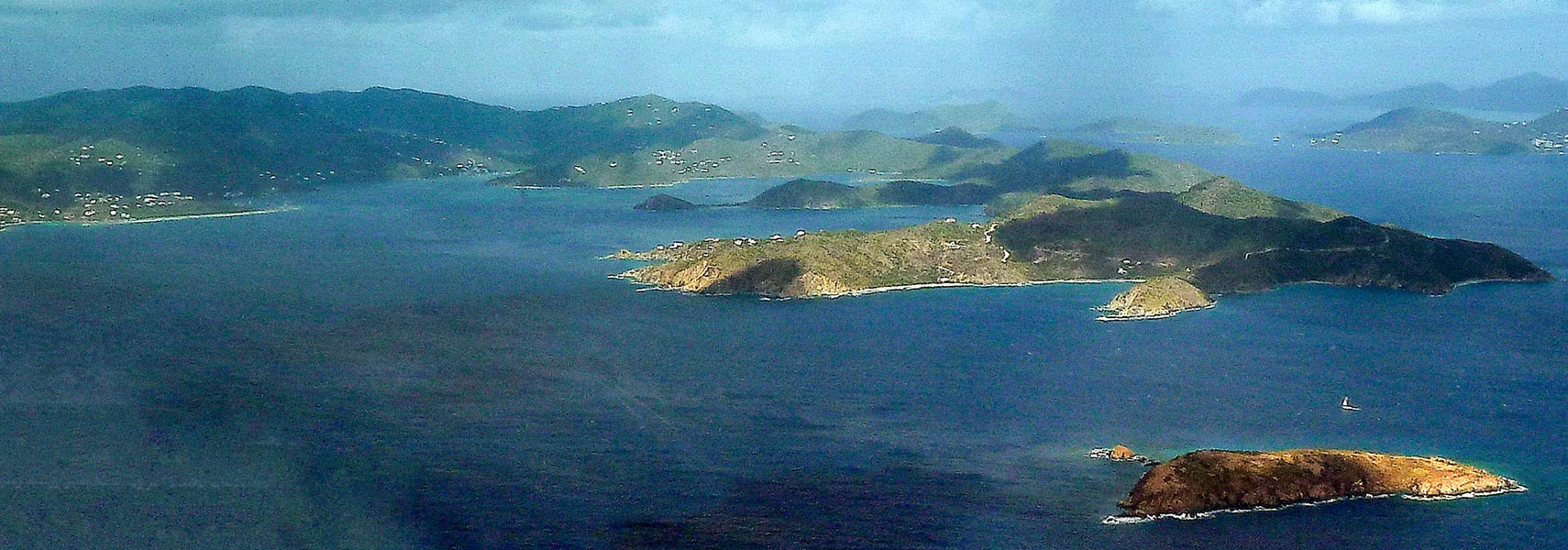Discovering the British Virgin Islands
The British Virgin Islands (BVI), a stunning destination in the Caribbean, are an enchanting group of islands known for their picturesque landscapes and vibrant culture. Nestled in the eastern Caribbean, about 100 km (62 mi) east of Puerto Rico's coast, the BVI is a British Overseas Territory that attracts visitors from around the globe. This collection of islands, including the main ones like Tortola, Virgin Gorda, Anegada, and Jost Van Dyke, offers a unique blend of natural beauty, rich history, and warm hospitality.
Historical Background of the British Virgin Islands
The intriguing history of the British Virgin Islands began when the Dutch first settled in 1648. The islands experienced significant change when the English annexed them in 1672. During the 17th century, the territory split into two distinct units—an English one and a Danish one. Notably, sugarcane farming thrived, powered by enslaved labor, and this agricultural industry propelled the region's economy through the 18th and early 19th centuries. Interestingly, in 1917, the United States acquired the Danish portion of the islands, which had begun to suffer economically following the abolition of slavery in 1848.
The Current Economy
Today, the economy of the British Virgin Islands remains closely linked to the neighboring, more populous US Virgin Islands to the west. The US dollar holds the status of legal currency in the BVI, further emphasizing this economic connection. With the economy largely reliant on tourism, visitors flock to the islands to enjoy their stunning beaches and the allure of water sports. As a matter of fact, numerous deals and promotions are available online, enabling travelers to secure last-minute trips or stay in all-inclusive resorts.
Geography and Climate
Spanning an area of approximately 153 sq km (59 sq miles), the geography of the British Virgin Islands is remarkable. The terrain consists of coral islands that boast flat landscapes, while volcanic islands feature steep and hilly terrains. Furthermore, the subtropical climate of the BVI ensures that temperatures remain pleasantly moderated by trade winds, providing an inviting environment for outdoor activities.
Population and Culture
With a population of around 28,000 residents, the nationality of the islands is identified as British Virgin Islander. The islands’ demographic landscape is predominantly Black, accounting for around 83% of the population, while small communities of White, Indian, Asian, and mixed ethnic backgrounds contribute to the cultural diversity. English serves as the primary language, although Spanish is spoken by some immigrants from Puerto Rico and the Dominican Republic.
The Rich Cultural Landscape
Religiously, the British Virgin Islands are predominantly Christian, with many residents practicing various denominations. The islands are not only known for their natural beauty but also for their rich culture, which includes vibrant music, traditional festivals, and culinary delights that reflect the fusion of Caribbean, African, and European influences. The local cuisine showcases an array of fresh seafood, fruits, and vegetables, which thrive in the islands' fertile soil.
Natural Resources and Agriculture
The natural resources available in the BVI include abundant sunshine, pristine beaches, sparkling seas, and effective surf conditions, making the islands a haven for nature lovers and adventure seekers. The agricultural products of the British Virgin Islands encompass fruits, vegetables, livestock, and fish, contributing to the islands' self-sufficiency and promoting local cuisine.
Industries Thriving in the BVI
Tourism, light industry, and construction dominate the BVI's economy. The islands thrive as an attractive destination for travelers seeking unforgettable experiences, while the rum industry flourishes, offering unique flavors that reflect the region's heritage. Offshore financial services also play a significant role in the economy, drawing investors and businesses looking for favorable taxation conditions and a stable environment.
Trade Partners
In terms of trade, the British Virgin Islands maintain vital relationships with neighboring territories. The main export partners include the US Virgin Islands, Puerto Rico, and the mainland USA. Conversely, for imports, the British Virgin Islands equally rely on the same partners. These trading relationships underscore the interconnectedness of the islands with the wider Caribbean region and beyond.
Unwind in Paradise
The British Virgin Islands invite visitors to immerse themselves in a paradise of turquoise waters and white sandy beaches. Every moment spent on these islands reveals the beauty and charm that continue to captivate the hearts of travelers. From exploring hidden coves to indulging in local delicacies, visitors find endless opportunities to create lasting memories.
Adventures Await
Whether you are a seasoned sailor or a novice swimmer, the British Virgin Islands offer something for everyone. Adventure seekers can engage in snorkeling, diving, or sailing around the numerous islands, while those preferring relaxation can bask in the sun at one of the island’s pristine beaches. Indeed, the BVI provides a sophisticated blend of thrill and tranquility that appeals to all types of travelers.
Conclusion
Ultimately, the British Virgin Islands stand as a vibrant territory steeped in history, culture, and breathtaking landscapes. With their favorable climate and warm hospitality, these islands offer a compelling experience for travelers seeking adventure or relaxation. As you plan your next getaway, consider the allure and charm of the British Virgin Islands, where every experience promises to be unforgettable.
Largest cities of: Virgin Islands (British)
| City Name | Population | Year of foundation | |
| Road Town | 12,000 | 1771 | |
| Seventh Day Adventist | 5,000 | 1833 | |
| East End | 3,500 | 1773 | |
| West End | 3,000 | circa 1796 | |
| Tortola | 2,000 | 1493 |


